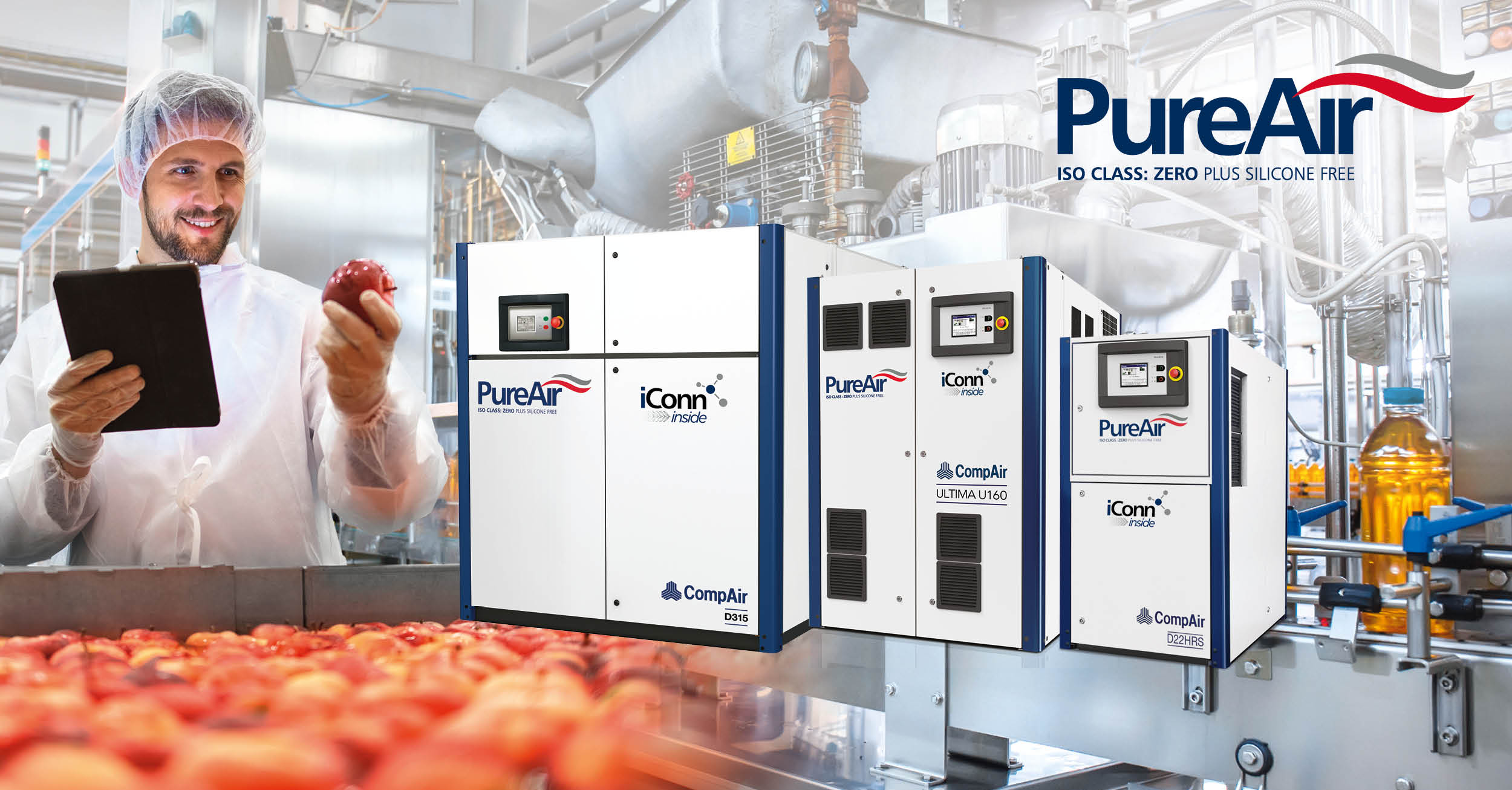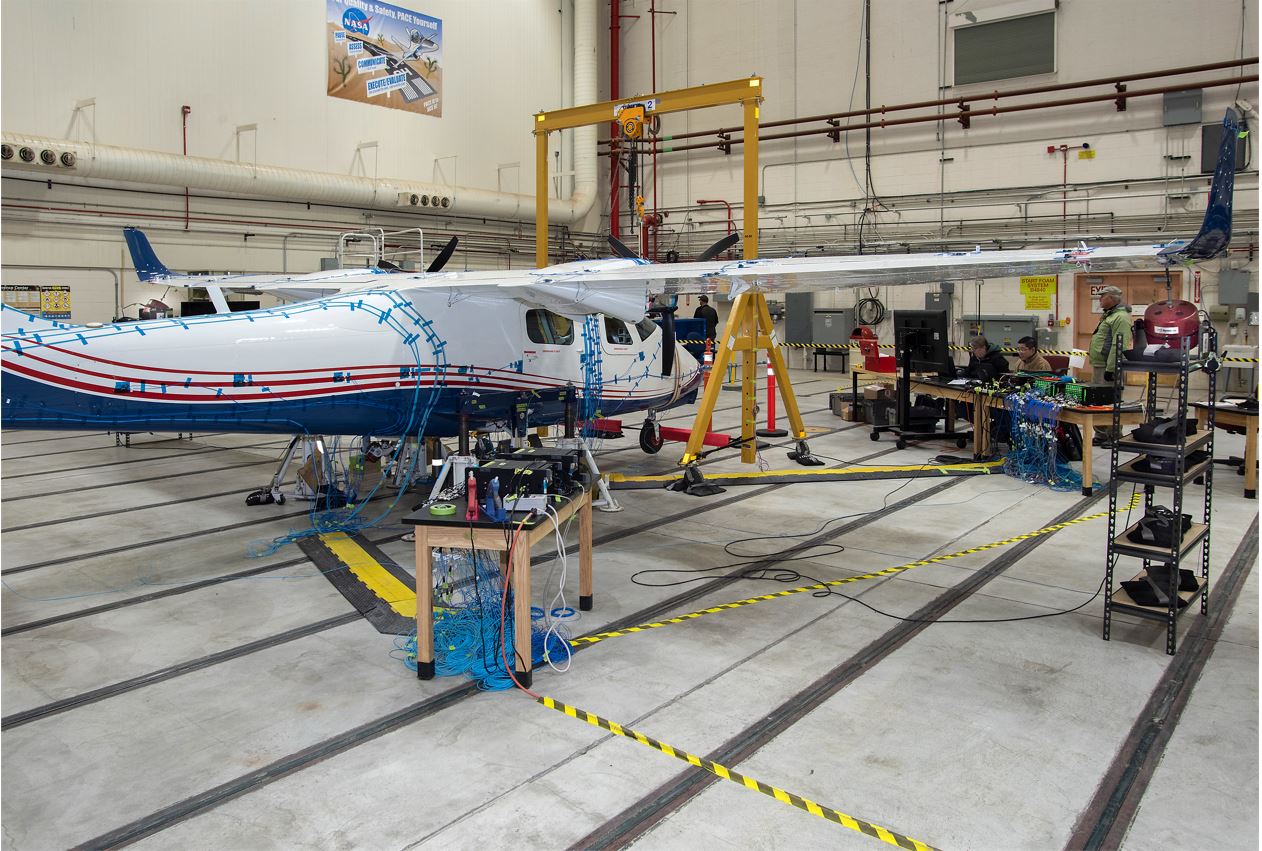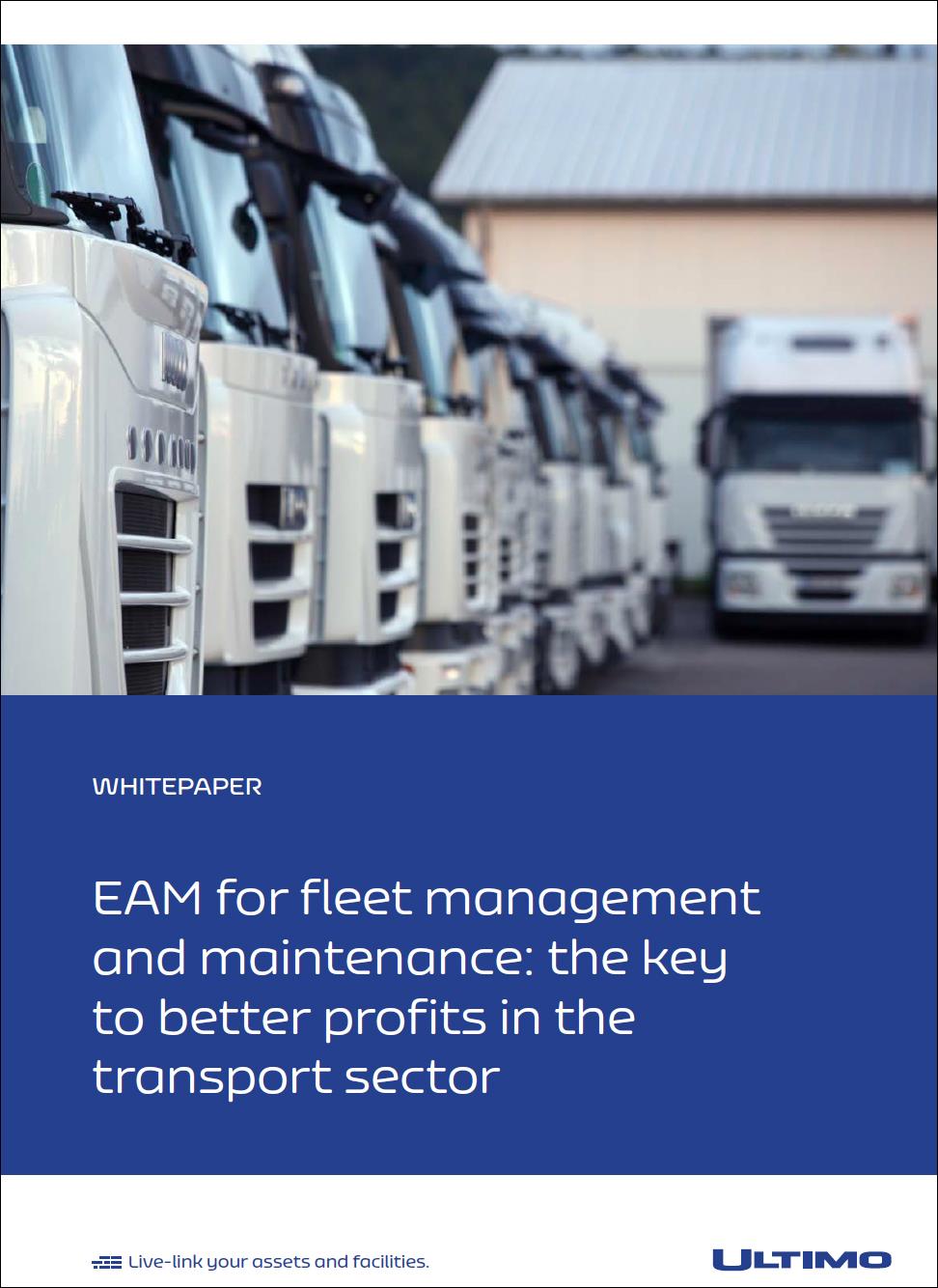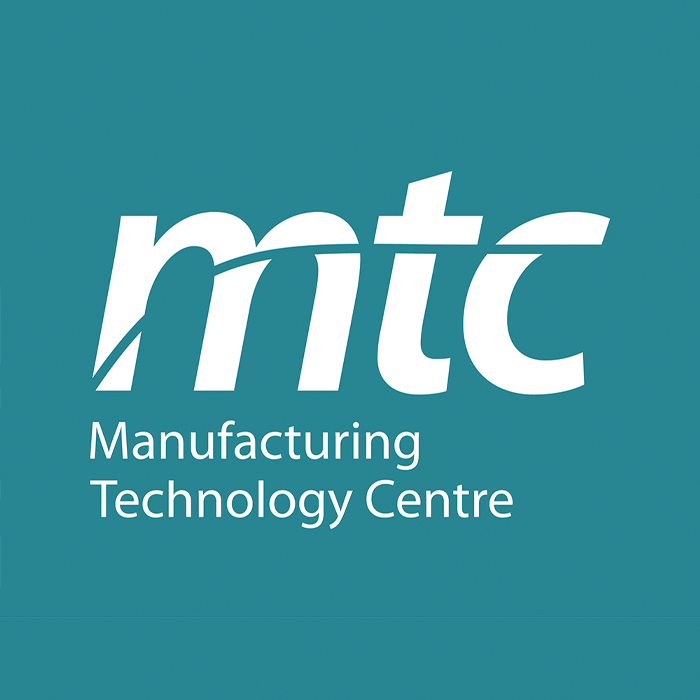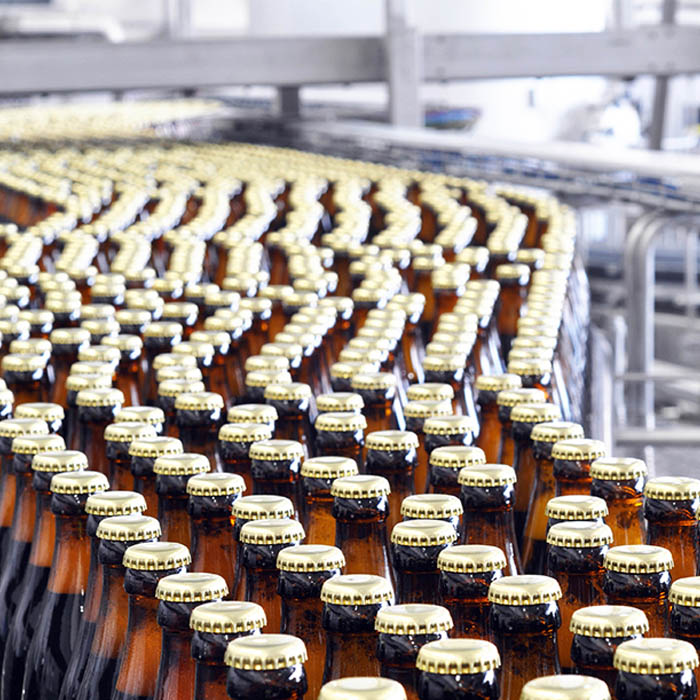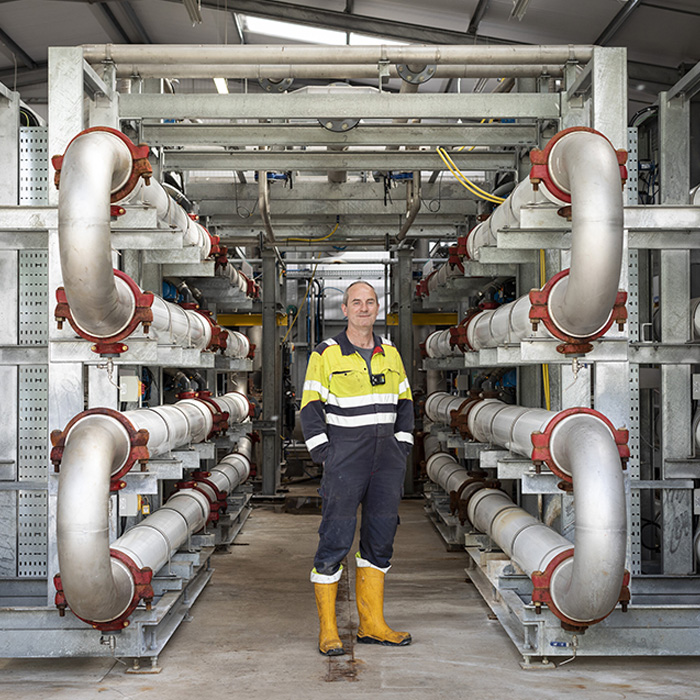CompAir has published a new white paper for the food and beverage industry, discussing how the right compressed air system can make an important contribution to an organisation’s overall sustainability ambitions, as well as help protect the environment.
Available to download for free from https://www.compair.com/en-gb/industries-and-applications/food-and-beverage, the white paper considers how oil-free compressor technologies can help secure a competitive advantage for food and drink manufacturers. Unlike compressed air usage in other industries, there are no standards or legislation that define an acceptable minimum purity level for compressed air used in food manufacture. While regulations and codes around the world state that compressed air used in this environment must be contaminant-free and pose no risk, no actual limits are stipulated.
The risk to food and drink from compressed air processes can potentially be significant if the right precautions and preventative measures have not been taken. Moisture, oil and other particles all pose a risk in applications where compressed air is commonly used, such as drying and filtering.

